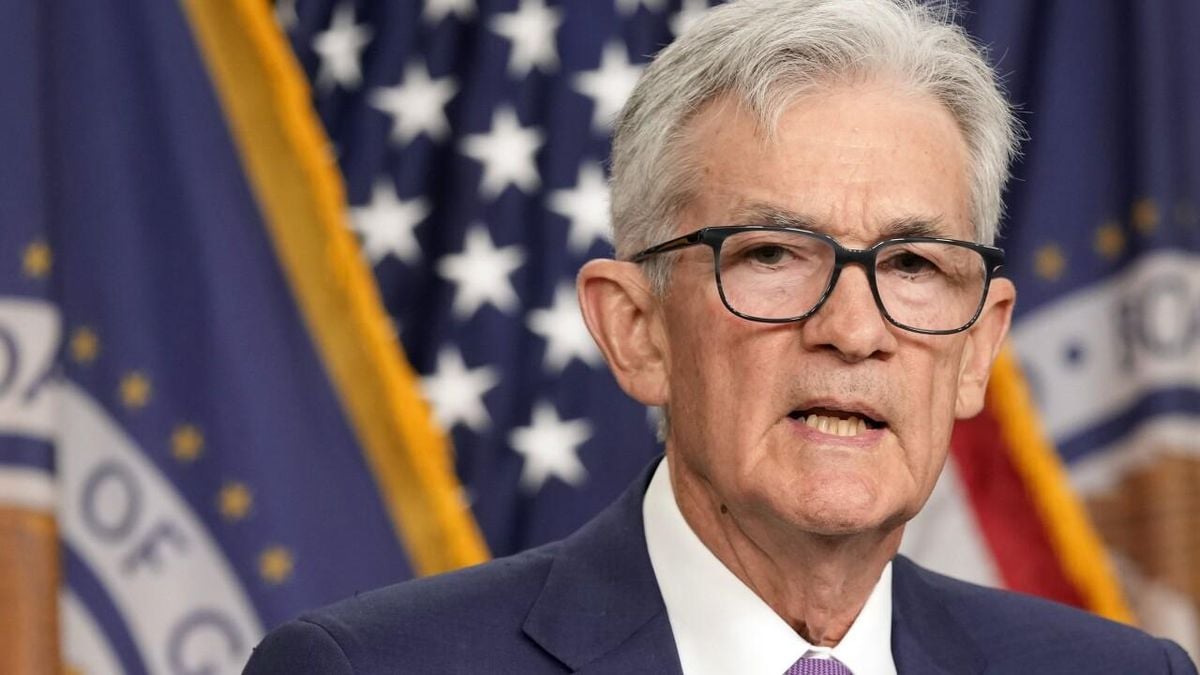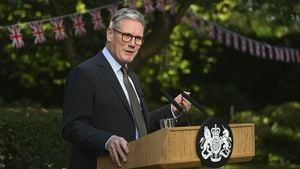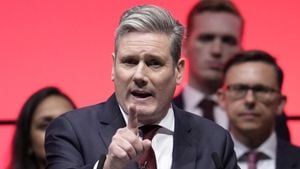The Federal Reserve made headlines recently with its first rate cut since 2020, slashing its benchmark interest rate by half a percentage point. This decision, which brings the federal funds rate down to between 4.75% and 5%, is part of the central bank's effort to ease the financial burden on consumers dealing with persistently high borrowing costs, from mortgages to credit cards. Fed Chair Jerome Powell underscored the significance of this move, emphasizing his confidence in the economy's resilience and the authority's commitment to achieving inflation goals.
During the press conference following the announcement, Powell explained the rationale behind the substantial cut. Historically, rate cuts tend to be more modest at 0.25 percentage points; hence, this larger adjustment reflects the Fed’s proactive stance against economic sluggishness. Powell stated, "This is a bit of a surprise" and noted, "It suggests an abrupt switch of focus back to the maximum employment mandate and a very sharp improvement in confidence in inflation progress in the last month and a half." It signals not only concern over labor market vulnerabilities but also hints at buoyancy concerning inflation trends.
The economic backdrop of the Fed’s decision includes mixed signals from the labor market. While job creation remains stable, there are indications of cooling—something Powell acknowledged. Nonetheless, Powell reassured, "I don't see anything in the economy right now" indicating the potential for downturns. This optimism springs from recent inflation figures showing reduction toward the Fed's target of 2%.
Capital markets reacted positively to the news. Following the announcement, stock indices surged, with both the S&P 500 and the Dow Jones Industrial Average hitting record highs. Market analysts have pointed out, though, the duality of the rate cut. On one hand, it’s heartening for economic growth; on the other, it raises questions about any underlying weaknesses the Fed is trying to shore up.
The Fed’s new policy direction aims at sustaining job growth and driving inflation downward. Powell articulated the central bank’s goals succinctly: "We're trying to achieve a situation where we restore price stability without the kind of painful increase in unemployment" typically associated with disinflation.
Analysts are pondering the timing and significance of the larger rate cut. Some posit it may have been too aggressive, especially considering the current health of the economy. Philip Straehl, chief investment officer of Morningstar Wealth, commented, "Recent economic data suggests the economy is still relatively strong compared to other easing periods. This indicates confidence but also indicates potential risks." Concerns loom over whether the economy is prepared for such significant monetary policy shifts, particularly when job creation rates have waned.
Certain members of the Fed did dissent on this rate decision, with Governor Michelle Bowman advocating for a more cautious quarter-point cut. Yet, Powell maintained there was broad support among the committee. His comments indicate awareness of differing viewpoints but also confidence about the central bank's collective direction.
Looking forward, the Fed's stance has analysts forecasting additional rate cuts as early as November. With certain market experts predicting the federal funds rate may fall to around 4.4% by the end of 2024, this rate reduction trend appears poised for continuation based on inflation trends and labor market data. The Fed's projections envision interest rates dropping even lower to 3.4% by the end of 2025, hinting at overarching plans for long-term economic stabilization.
It's also important to note the potential impacts these rate changes have on everyday consumers. For those grappling with high-interest credit cards or seeking home loans, the reduced rates ought to ease financial pressure. Experts are urging both consumers and investors to remain vigilant, as shifts could pose various financial opportunities and challenges.
With so much uncertainty around global economic conditions, including inflationary pressures, the Fed’s rate cut has sparked discussions about market readiness and potential vulnerability. What remains clear is the Fed is closely monitoring economic signals to adjust its policy as necessary. Powell's commitment to navigate this balance between fostering growth, managing inflation, and ensuring the labor market remains intact is likely to steer U.S. monetary policy for months to come.
Many are left pondering the overarching narrative as the Fed positions itself amid these shifts. The focus now will be on forthcoming economic indicators—be it inflation, job growth discrepancies, or shifts within consumer spending—and how these factors will inform the Fed's next moves.




